|
GROUND IMPROVEMENT |
|
Occasionally the ground is either not suitable for foundation support or the supporting capacity of the ground has been undermined. Sometimes the most economical solution is to improve the bearing capacity of the soil with various methods. Improvement could consist of simply removing all or part of the loose soil and replacing it in controlled compacted layers. Where there is an existing building or the loose condition is too deep or below the water table, it may be necessary to inject grout into the ground. There are other ways of improving the soil in-place including deep dynamic compaction, soil cement and lime stabilization. |
|
The simplest solution is to compact the loose conditions either directly or by removing the existing soils to a manageable depth and replacing them in compacted layers. |
|
Occasionally only a portion of the soil requires removal and replacement as shown in this footprint of a single family dwelling. |
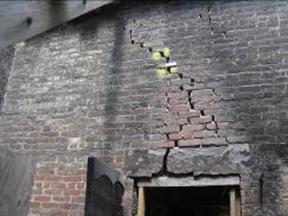
|
Charles St - NY, NY The soils beneath an existing building foundation were loosened during the excavation of the adjacent building. The entire project had to be delayed while the soils were strengthened via permeation grouting to the depth of disturbance. |
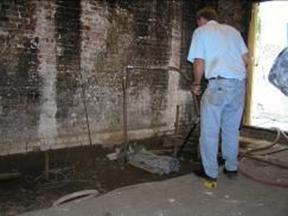
|
Prior to placement of a slab foundation at Court Street-Brooklyn, NY the soils were improved by permeation grouting in order to provide uniform bearing capacity and prevent liquefaction during an earthquake event. |

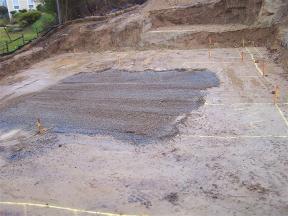
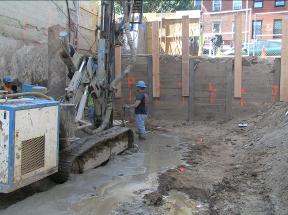
|
Soil Grouting
|
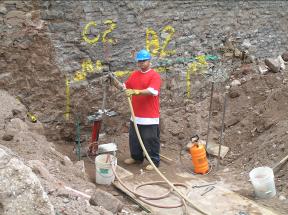

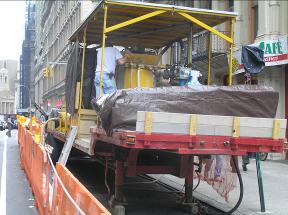
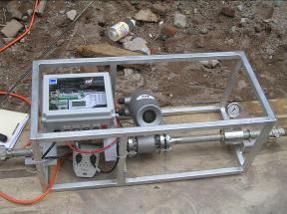
|
Prior to grouting sample locations were grouted and uncovered to determine the extend of the grout coverage and strength of the final product. Having determined the radius of the grout influence the grout is installed in a pattern which assures overlap. |
|
The grout is mixed in the street and pumped under very low pressure so as not to heave the existing building. An in-line instrument reports back to the operator the back pressure and grout volume in order to monitor the progress in real time. |